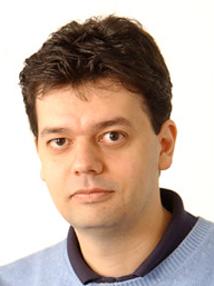BibTex format
@article{McHugh:2017:10.1083/jcb.201708092,
author = {McHugh, D and Gil, J},
doi = {10.1083/jcb.201708092},
journal = {Journal of Cell Biology},
pages = {65--77},
title = {Senescence and aging – causes, consequences, and therapeutic avenues},
url = {http://dx.doi.org/10.1083/jcb.201708092},
volume = {217},
year = {2017}
}

